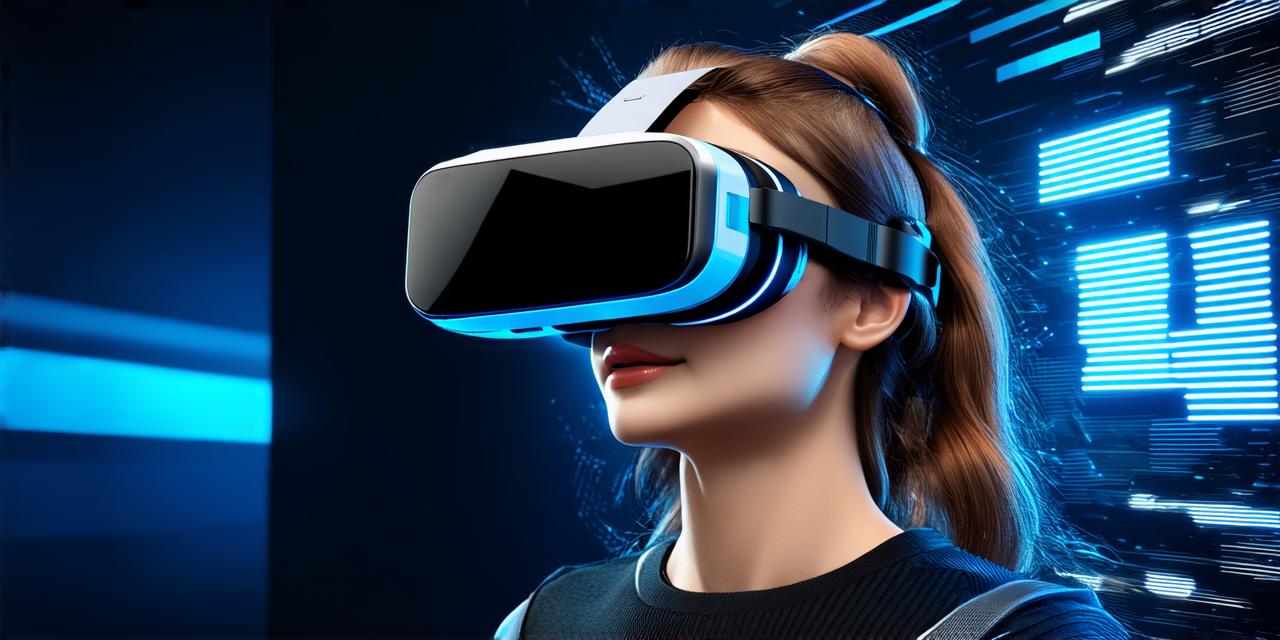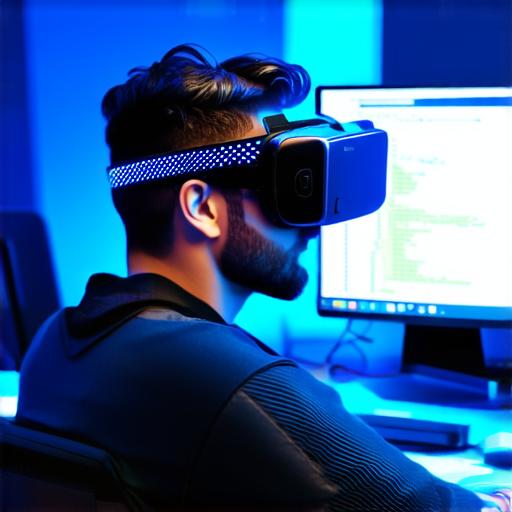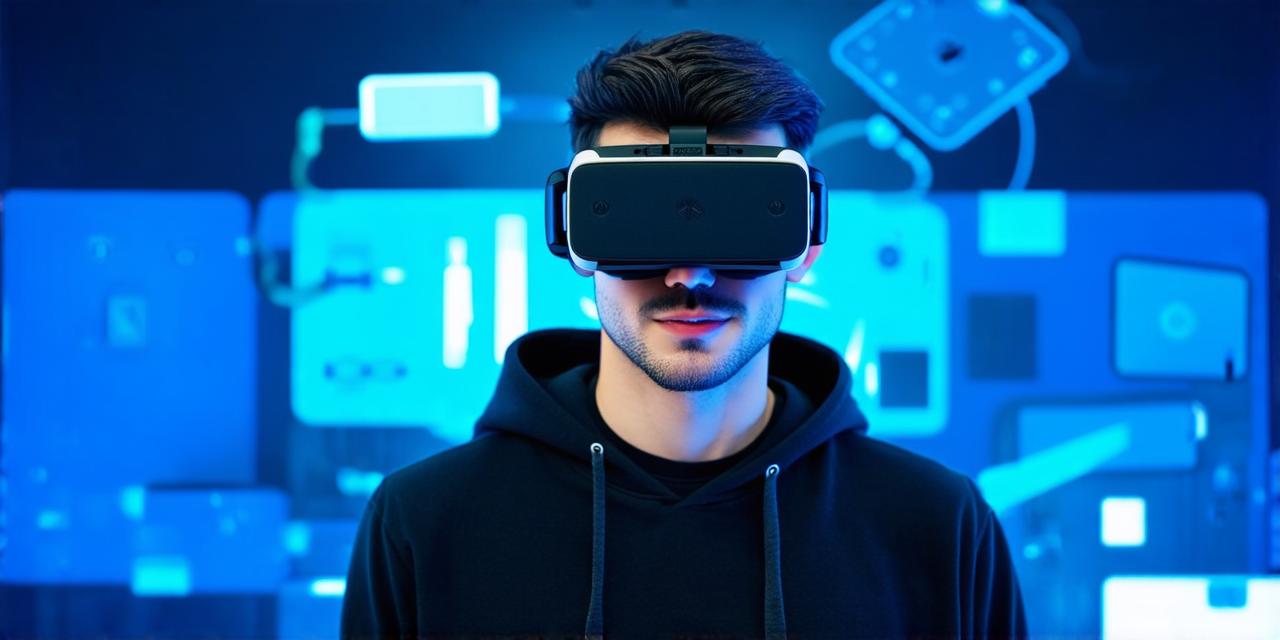
Exploring the Process of Developing Virtual Reality Apps
- 0

Why Virtual Reality Apps are in Demand?
Virtual reality technology has been around for a while, but it’s only recently that it has gained mainstream popularity. The demand for VR apps is growing rapidly due to the following reasons:
- Immersive experiences: VR technology allows users to experience things as if they were real. This makes VR apps ideal for gaming, education, and training.
- Increased engagement: VR apps are highly engaging and can hold users’ attention for longer periods.
- Growing market: The global VR app market is expected to reach $160 billion by 2025, with a CAGR of 47.9% from 2020 to 2025.
Step-by-Step Guide to Developing Virtual Reality Apps
- Define your goals and target audience: Before starting development, you need to define your goals and target audience. This will help you create an app that meets their needs and expectations.
- Choose the right platform: There are several VR platforms available, such as Oculus, HTC, and PlayStation. You need to choose the right platform based on your target audience and budget.
- Create a prototype: Creating a prototype is essential to test your ideas and get feedback from potential users. You can use tools like Unity or Unreal Engine to create a prototype.
- Develop the app: Once you have a prototype, you can start developing the app. The development process involves creating 3D models, coding, and integrating different elements.
- Test the app: Testing is critical to ensure that the app works as expected and meets the requirements of the target audience. You need to test the app on different devices and platforms.
- Launch the app: After testing, you can launch the app on the platform of your choice. Marketing and promotion are essential to attract users and generate revenue.
Tips for Optimizing Virtual Reality Apps
Optimizing VR apps is crucial to ensure that they perform well and provide a seamless experience. Here are some tips for optimizing VR apps:
- Minimize lag: Lag can cause disorientation and nausea in users. You need to minimize lag by optimizing the app’s code and reducing the load on the hardware.
- Use high-quality graphics: High-quality graphics are essential to provide an immersive experience. You need to use high-resolution textures and lighting effects to create a realistic environment.
- Optimize for performance: VR apps require high processing power, so you need to optimize them for performance. This involves reducing the number of polygons and minimizing the use of textures.
- Provide intuitive controls: Intuitive controls are essential to make the app easy to use. You need to provide clear instructions and feedback to help users navigate the environment.
- Incorporate social features: Social features, such as multiplayer mode and leaderboards, can increase engagement and attract more users.
Case Study: Developing a Virtual Reality App for Education
Developing a VR app for education can be an effective way to engage students and enhance their learning experience. A case study by the University of Maryland demonstrated the effectiveness of a VR app in teaching biology. The app allowed students to explore the human body in 3D, and they reported improved retention and engagement compared to traditional lectures.
Personal Experience:
As a mixed reality developer, I have worked on several VR apps, including a gaming app. Developing a VR game requires a different set of skills than developing a traditional game. You need to focus on creating an immersive experience that engages the user and keeps them coming back for more.
FAQs
1. What is the difference between virtual reality and augmented reality?
Virtual reality creates a completely immersive experience, while augmented reality overlays digital content on top of the real world.
2. What are the requirements for developing a VR app?
Developing a VR app requires specialized skills and tools, such as 3D modeling software, game engines, and development kits.
3. How do I monetize my VR app?
There are several ways to monetize a VR app, such as charging a one-time fee, offering in-app purchases, or generating revenue through advertising.
4. What is the future of virtual reality technology?
Virtual reality technology is constantly evolving, and we can expect advancements in areas such as haptic feedback, eye tracking, and resolution.
Conclusion
Developing virtual reality apps requires a different set of skills and knowledge than developing traditional apps. With the growing demand for VR apps, mixed reality development is an exciting field to explore. By following the steps outlined in this guide and optimizing your app for performance, you can create an immersive experience that engages users and generates revenue.

